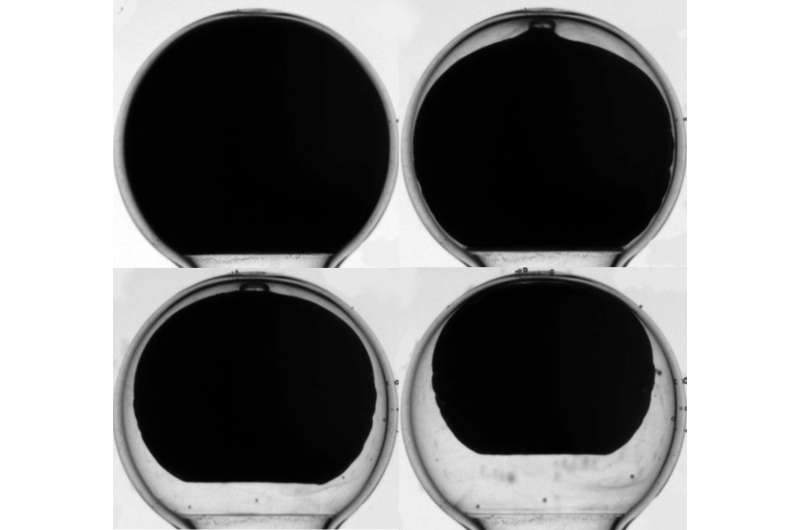Syneresis research on attraction between droplets and particles in liquid layers by WUR
Gels made from droplets are less stable than gels made from solid particles. As a result, droplets also exhibit much faster and a much larger extent of amount of expelled water with time than solid particles. These are some of the findings from recent research on the driving forces of syneresis. Syneresis is a commonly seen process in foods, where a liquid layer of expelled water forms on top of e.g. yogurt. Besides food products, other materials experience syneresis, such as ceramics, coatings and paints.
The study was published in Physical Review Letters by Qimeng Wu, Jasper van der Gucht and Thomas Kodger from the Physical Chemistry and Soft Matter group at Wageningen University & Research. In addition to droplets, which directly resemble fat in yogurt, the researchers also investigated solid particles which showed an unexpectedly large difference between the two particle types. This may also affect other particle-based materials such as cosmetics.
Thomas Kodger at Wageningen University & research explains: "Fundamentally, the consequences of the difference in local mobility between droplets and solid particles has not been observed before, as we show in this work, and the implications on other particle based materials are still unknown; there is much physics still to be explored."
Rather than studying food products directly, the researchers created model systems to have good control over the attraction between particles and droplets and better explore the physics that occurs.
More information: Q. Wu et al. Syneresis of Colloidal Gels: Endogenous Stress and Interfacial Mobility Drive Compaction, Physical Review Letters (2020). DOI: 10.1103/PhysRevLett.125.208004
Journal information: Physical Review Letters
Provided by Wageningen University
























